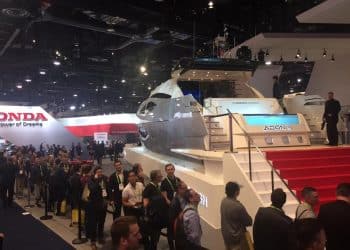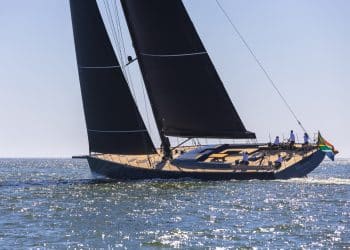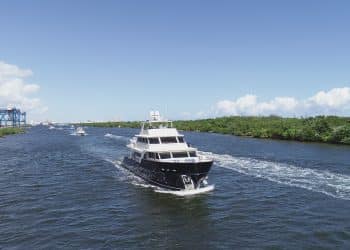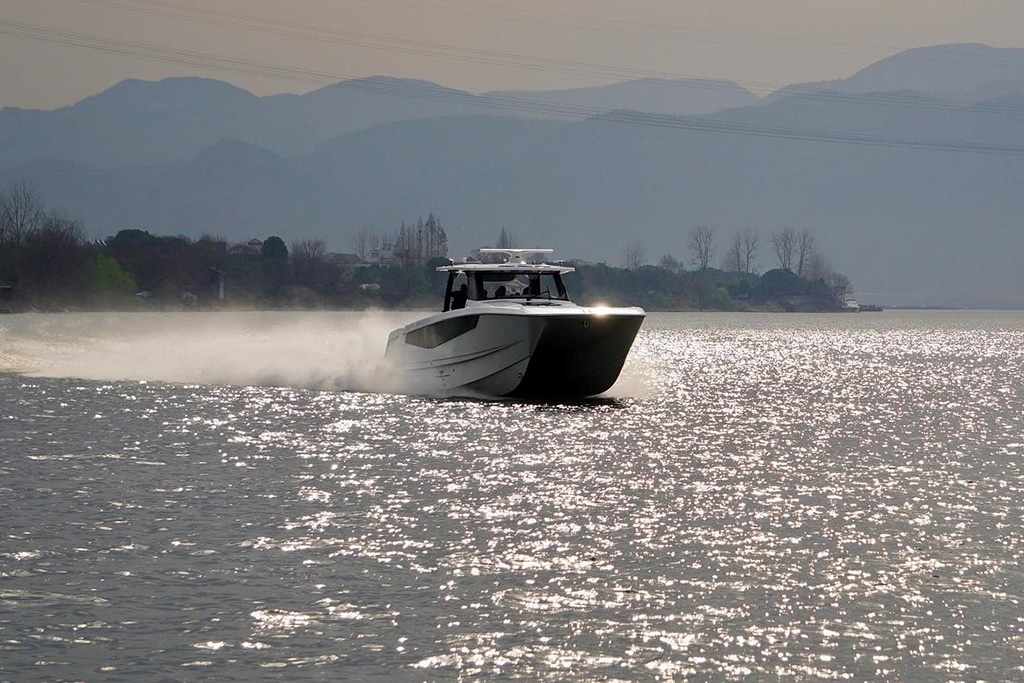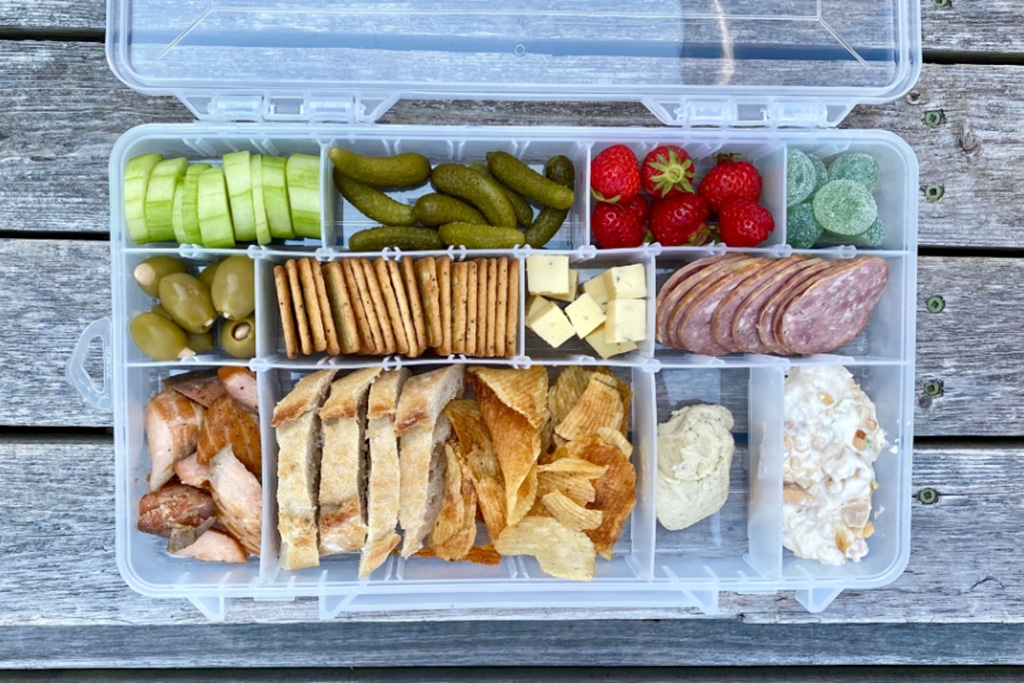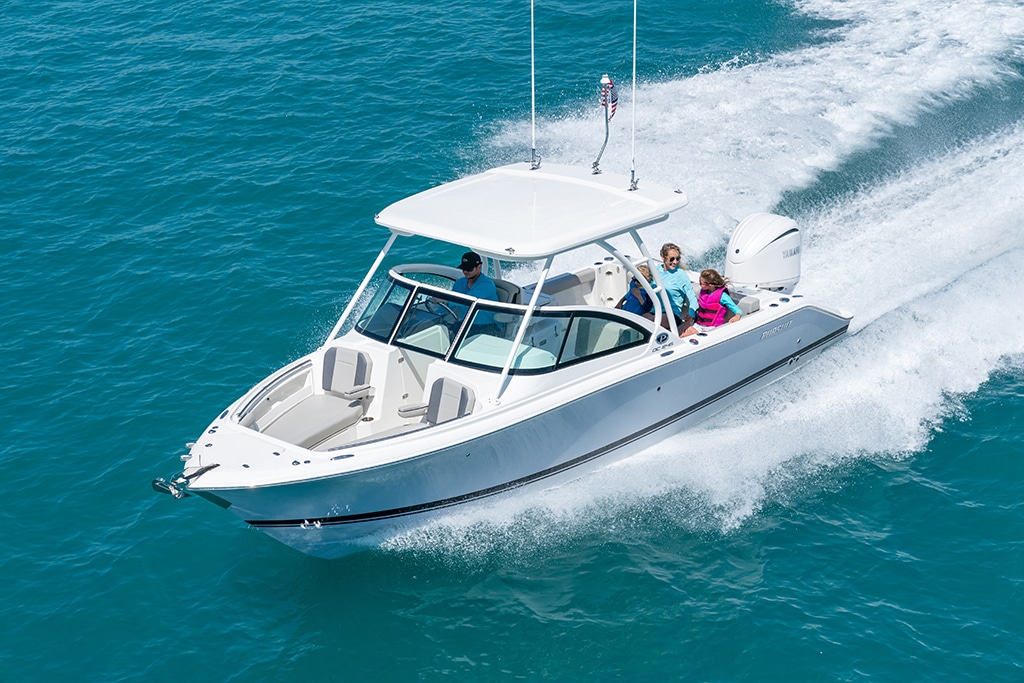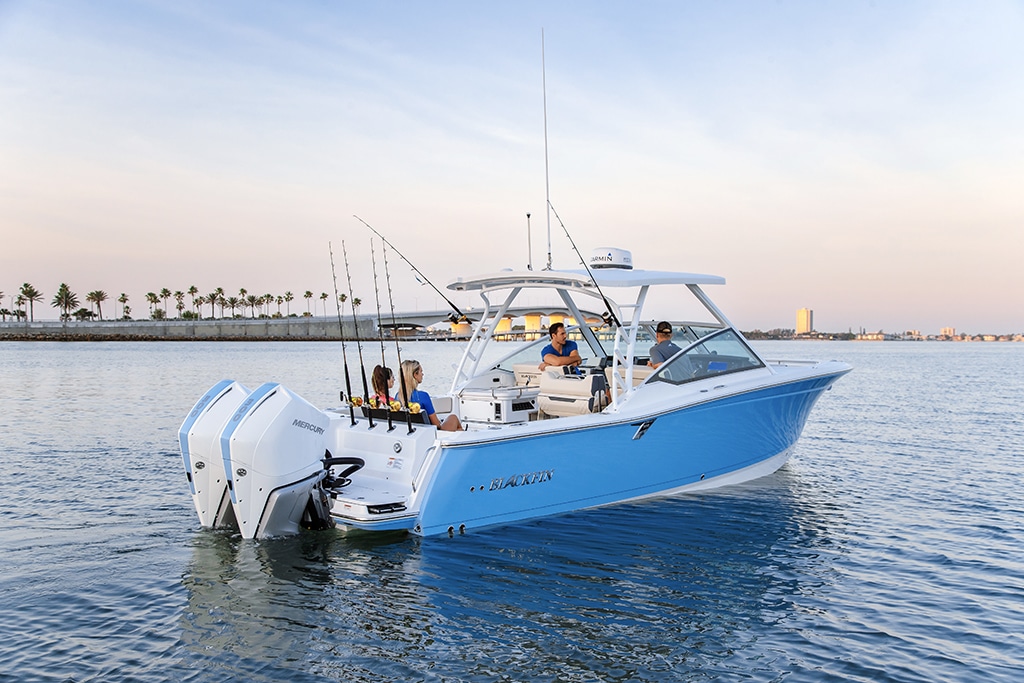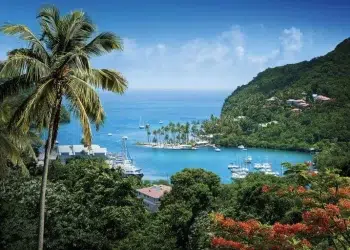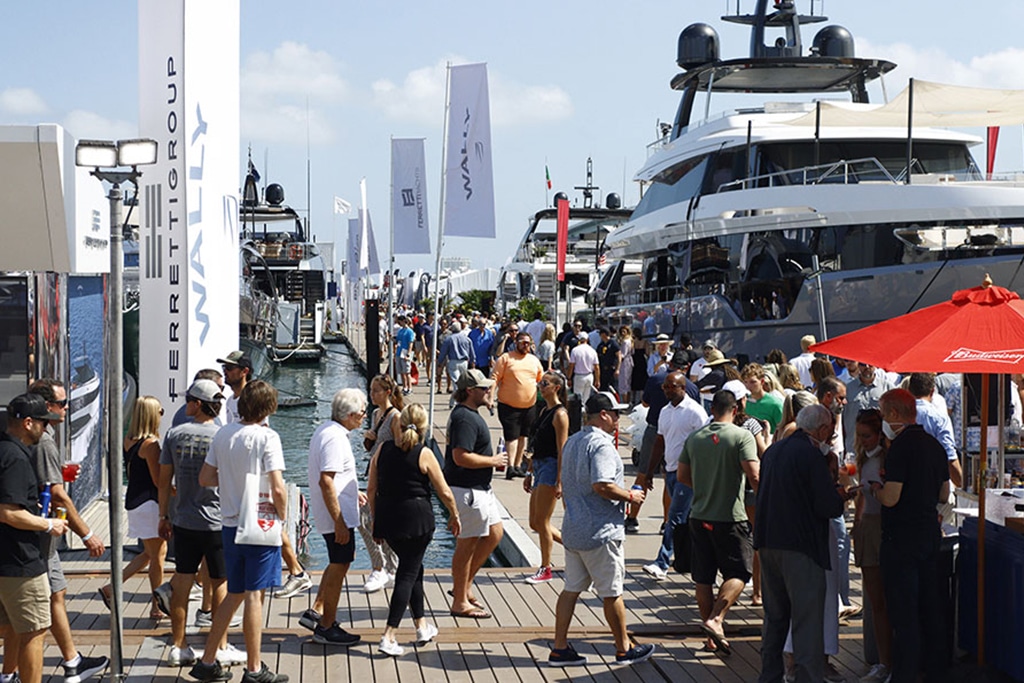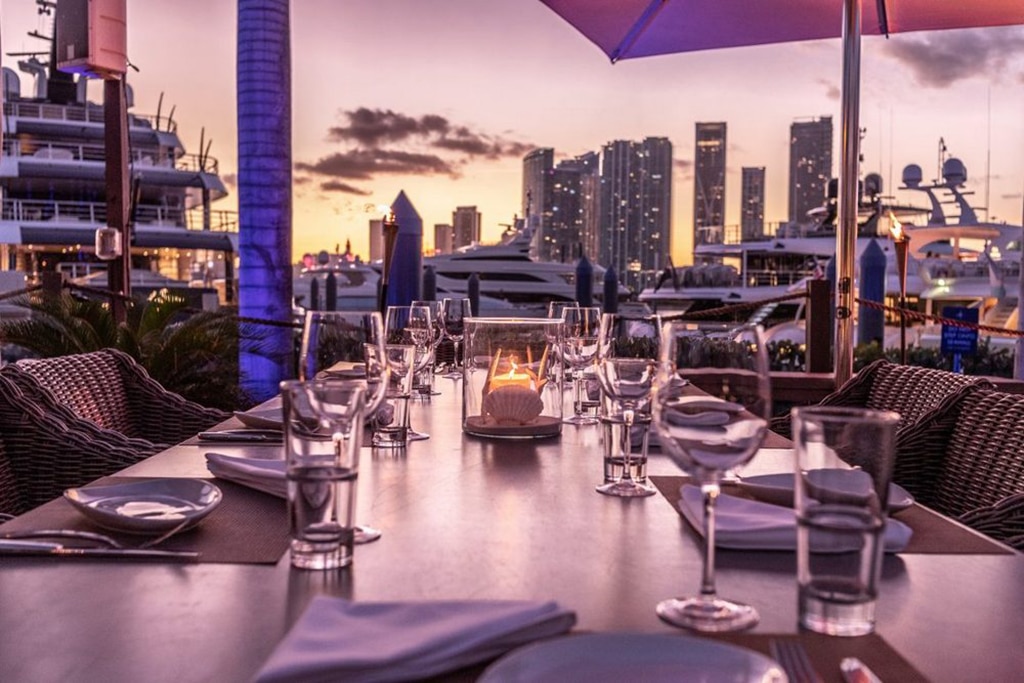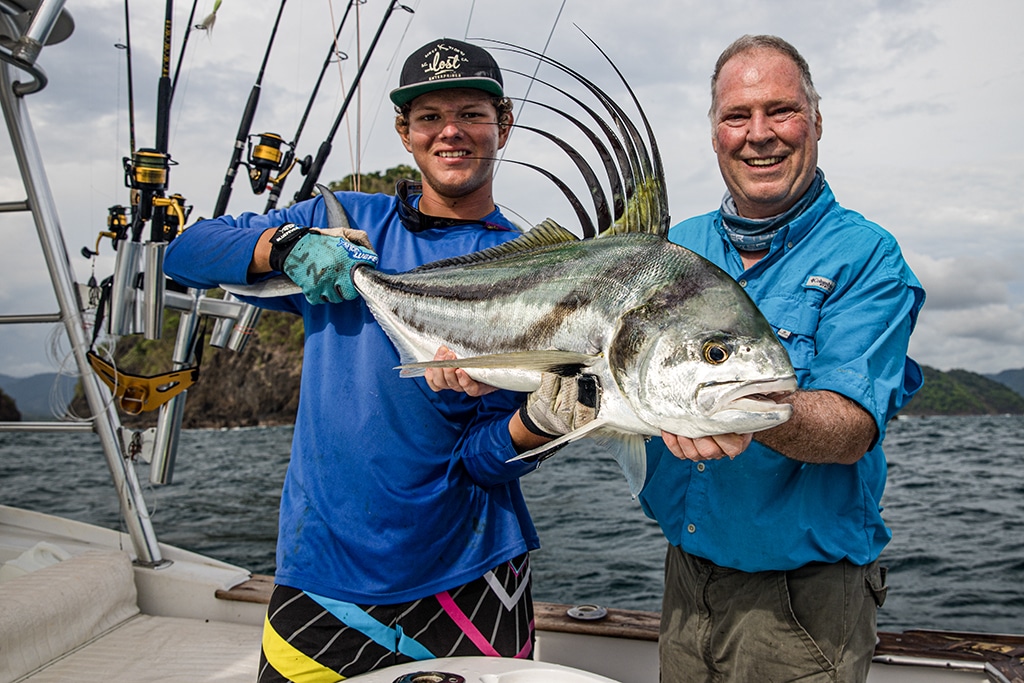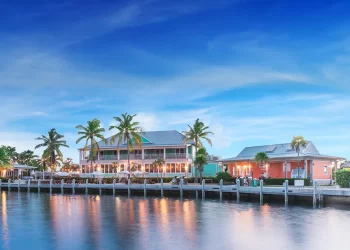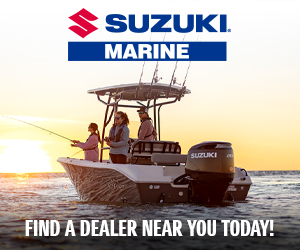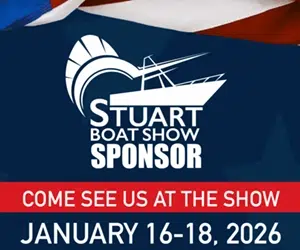Featured
Featured posts
Five Outstanding Sunglasses You Need to See
Sunglasses For EveryoneSunglasses are a popular accessory for boaters of all ages, and for good reason. Not only do they...
Read moreDetailsAll You Need To Know About Yacht Transport Ships
The World of Yacht Transport: Shipping the Ship Whether a builder, broker, or owner/operator, transporting a yacht is the final...
Read moreDetailsIndulge in Ultimate Luxury: Explore Top Lifestyle Products for the Elite
FlightLap of Luxury Lifestyle Products From underwater drones and dive watches to fancy cars and real estate, pamper yourself with...
Read moreDetailsEffortless elegance in action; Launching the SW96 Nyumba
Nauta Design reviews a yacht's interior and exterior design based on their client's desires. Read about it below. March 2023...
Read moreDetailsThe Marlow 100V: Remarkable Artistry and Masterpiece in Yacht Building
From Canvas to Masterpiece Teamwork is the brushstroke that made the Marlow 100V a work of art. By definition, a masterpiece is...
Read moreDetailsAquila teases the 47 Molokai with a sneak peek
Aquila 47 Molokai Power Catamarans’ “Big Kahuna” Something big is in the water, and it’s heading your way The Aquila...
Read moreDetailsSnackle Box — A Snack Hack for Every Boater
Introducing the Snackle Box Use these convenient carrying cases to transport “meals” on board. As beloved as they are, I...
Read moreDetailsCruising The Florida Loop
FLOOPin’ – Florida Loop Cruising Start your journey anywhere along the route to experience a different kind of Florida. Looking for...
Read moreDetails13 Best Runabout Boats of 2023: Fun and Versatile Bow Riders
Baker’s Dozen 13 runabouts to make your day The term runabout is somewhat outdated these days, and there are...
Read moreDetailsBlackfin 302 DC
Dual Purpose Blackfin’s 302 DC can fish or cruise with equal aplomb. Central Florida’s Blackfin Boats has been turning out...
Read moreDetailsSaint Lucia Caribbean Island
Idyllic Island With beautiful scenery and gorgeous weather, Saint Lucia is a must-stop destination as you cruise the Eastern Caribbean....
Read moreDetailsMust-See Boats at the 2023 Miami International Boat Show
Ready, set, go for the Discover Boating Miami International Boat Show. Break out the sunblock and the flip-flops as the...
Read moreDetailsDining around the Miami International Boat Show
The Miami International Boat Show draws boating enthusiasts from around the world to see the latest and greatest boats and...
Read moreDetailsLive Bait Fishing
Take the Bait Secrets from the pros to get a handle on basic live-lining I know the exact moment I first...
Read moreDetailsThe Cayman Islands
Bank on the Cayman Islands The Cayman Islands offer SCUBA diving, sportfishing, sailing, and more. The banks off the Cayman Islands,...
Read moreDetails


